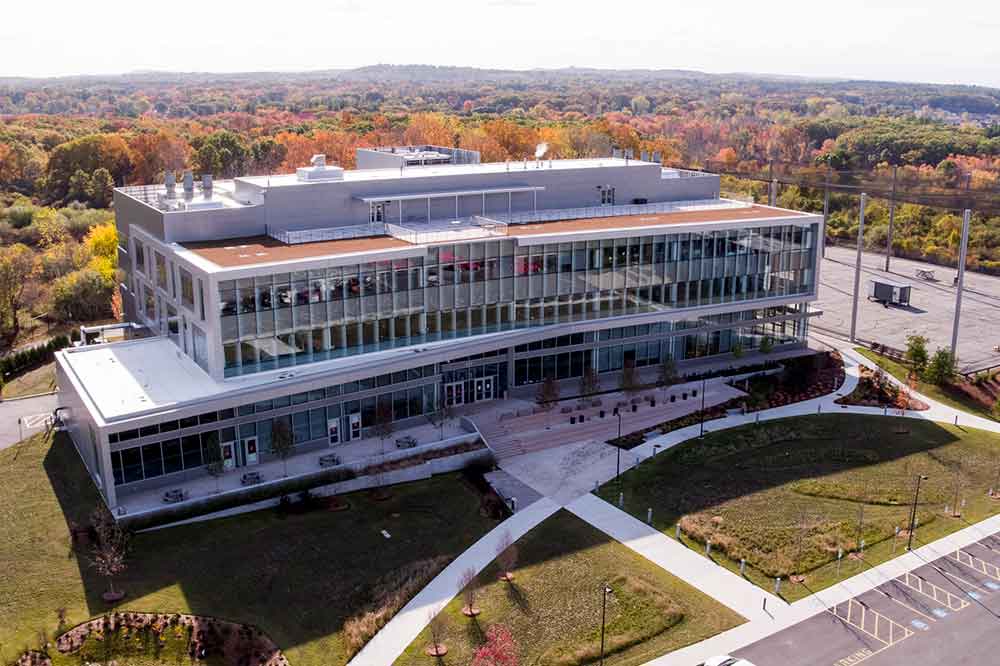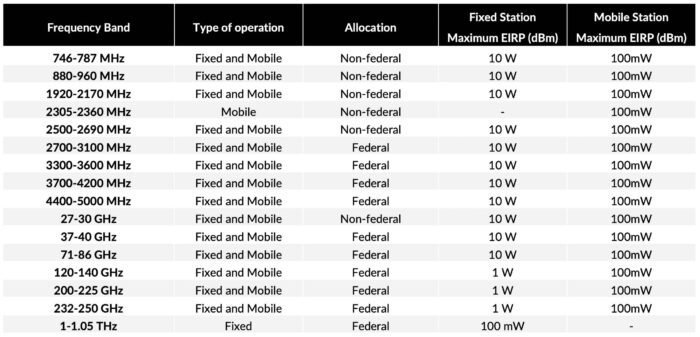FCC Innovation Zone
Innovation Zone for Program Experimental Licenses
FCC Innovation Zones provide opportunities for qualified licensees to test new advanced technologies and prototype networks. The Northeastern University FCC Innovation Zone is a dynamic environment where researchers can leverage a streamlined process to obtain experimental licenses for over-the-air experiments.
This can be used with equipment in the testbeds available at Northeastern University (including TeraNova, the largest terahertz testbed in the nation, and Arena and X-Mili, which enable programmable 5G and beyond experiments), or with custom devices that researchers can deploy in the Innovation Zone area.
The IZ has been instrumental to the demonstration of several wireless use cases, as well as an enabler of WIoT’s nation-leading experimental research, including:
-
- A demonstration of the first fully automated, virtualized private 5G network, as well as neutral host 5G applications (3.7-3.8 GHz and 3.55-3.6 GHz). Learn more
- A collaboration with NVIDIA on the deployment of the FR-1 version of a the X-Mili testbed, funded by the National Science Foundation (3.7-3.8 GHz)
- A collaboration with VIAVI, as an outdoor channel sounding/measurement campaign, enabling the creation of high-fidelity digital twins for wireless network emulation platforms such as Colosseum (880-960 MHz, 3.3-3.45 GHz).
The FCC Innovation Zone program is a response to the need for qualified licensees with opportunities to explore and prototype new advanced technologies and networks, including those that support 5G technologies, in a setting that goes beyond the confines of a traditional small campus or laboratory.
For more information, visit https://apps2.fcc.gov/ELSExperiments/pages/login.htm
Northeastern University Innovation Zone Spectrum and Areas

The Northeastern University Innovation Zone offers licensees the opportunity to utilize two distinct areas. Licensees have the flexibility to choose between these areas or use both simultaneously.
The first area covers a triangular tract of approximately 0.8 square miles on Northeastern University’s main campus in Boston, MA. Its boundaries are defined by prominent landmarks, with the northern vertex near 361 Huntington Avenue, the eastern vertex near Carter Playground, and the southern boundary near 860 Columbus Avenue.
Situated on Northeastern University’s satellite campus in Burlington, MA, the second area of the Northeastern University Innovation Zone offers licensees an additional space for their endeavors. Covering a polygon of approximately 0.9 square miles, this area is defined as the region west of Cambridge Street in Burlington, MA, and shares a border with Mary Cummings Park.
The frequency bands covered by the Innovation Zone are listed in the following table:

Northeastern University Innovation Zone Use Cases
Besides the use cases discussed above, the FCC Innovation Zone can and will enable:
- Demonstration of dynamic spectrum sharing at frequencies above 100 GHz, as in our paper.
- Indoor/outdoor channel Terahertz sounding in the presence of adverse weather conditions.
- Design of new modulation and channel coding strategies for 6G THz.
- UAV 5G networks, which is also one of the use cases in the O-RAN specifications.
- Research on topics relating to THz physical layer security, as in our collaboration with Rice University and Brown University which led among others to the ACM HotMobile 2023 Best Demo award.
- Development of real-time DSP techniques for 6G Terahertz Systems, as part of our collaboration with Keysight.
- Channel measurements for outdoor and mixed indoor/outdoor mobile THz communications funded by the National Science Foundation Planned and in collaboration with Tampere University.
- Channel measurements and modeling for non-terrestrial THz communications, particularly, ground to UAV and ground to satellite communication links, as part of our ongoing and planned collaborations with Dell Technologies and the NASA Launch initiative.